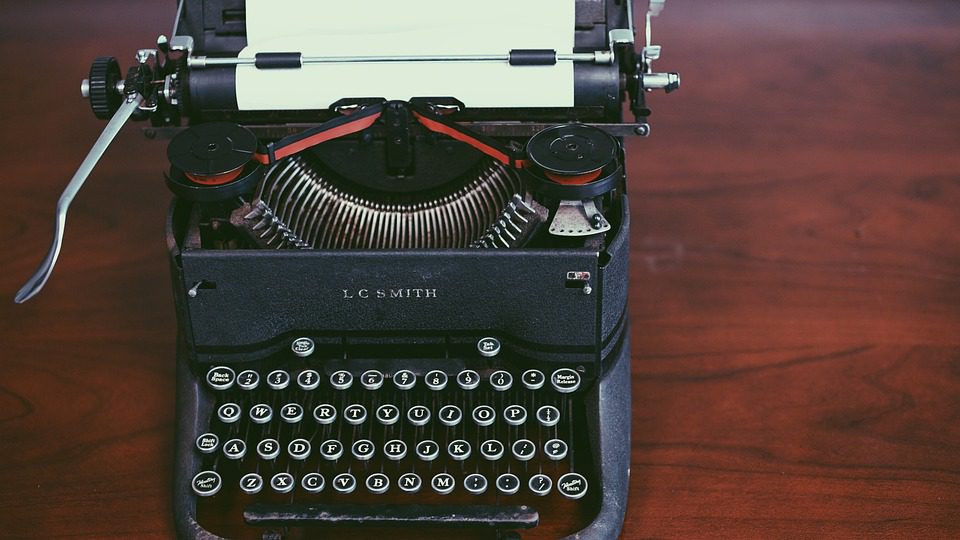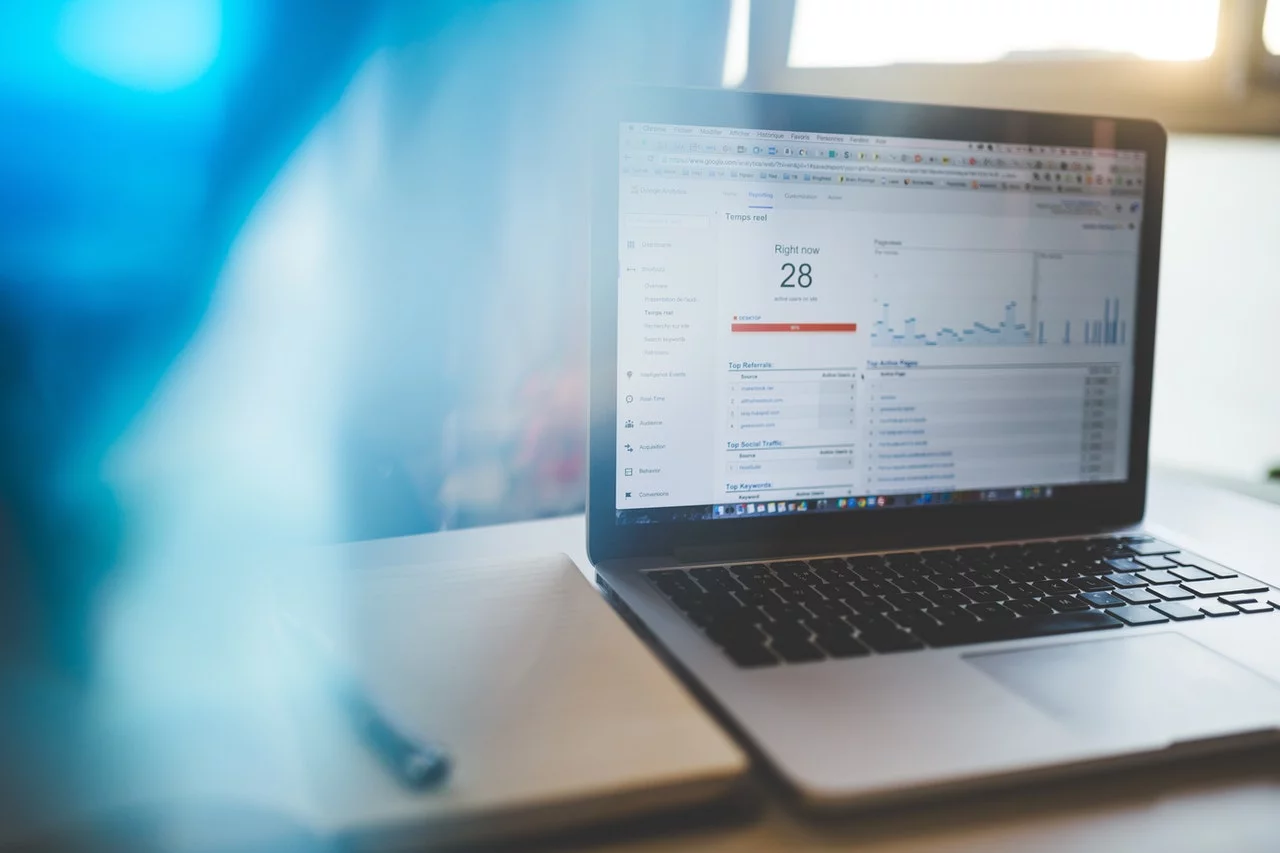Introduction
As the name shows, the product life cycle is when a product is introduced in the market until it is removed. There are various product life cycle stages.
The marketing and management professionals consider all the product life cycles to determine the packaging redesigns, advertising schedules, price points, expansion to new market products, and much more.
The whole business plan revolves around the product life cycle, called product life cycle management. The primary purpose of this management is to know what stage a product is on and how much time is left till any new development pushes away the old product.
After determining this, the marketing strategies of the products mount accordingly.
The product life cycle is a continuous process. It goes through various stages, from the manufacturing and introduction of the product to the market to its decline or retirement.
Here is a comprehensive article about everything you might need about the product life cycle. We will tell you how it works, its stages to optimize a company’s business, the product life cycle in marketing, and its examples to understand it better.
How Does the Product Life Cycle Work?
You might not know it already, but products have life cycles like any living being. Before any physical product manufacturing, it all starts with an idea.
The idea doesn’t go any further in a modern business before it has adequate underground research and development and has proven profitable and feasible.
After proper research, the product is developed, marketed, and introduced into the market. Product development is a separate stage; the product does not come to the customer’s bucket.
Remembering all its life cycle stages when submitting a product to the market is necessary because your marketing strategies depend on it.
Any business can effectively increase its profitability and maximize returns by managing all the product life cycle stages. Therefore, we cannot ignore the factors affecting the product life cycle.
What are the Stages of the Product Life Cycle?
Even though there are the same stages of any product life cycle, the stage duration might vary from product to product. Each step of this life cycle has its costs, risks, and opportunities, and you must plan every stage to get a better outcome.
There are different perspectives on how many steps a product life cycle has. Some say there are four, some say five, while some claim six total product life cycle phases.
Although the number might vary, it is still the same process and similar stages, subdivided on various bases.
Let’s discuss the six stages of the product life cycle that will provide you with a clear vision or product life cycle diagram.
1. Development
It is the first stage of the product life cycle, and this is the stage where the research about the product takes place before the product officially comes to market.
Technically, we cannot say this is part of a product life cycle, but it plays a significant role, and we adhere to it strictly. In this stage, the product’s viability depends on marketability.
The development stage costs the most as there is no corresponding revenue. The funding resources are limited, but the risks are higher because some products require significant investment and time.
Most existing companies fund research and development from the revenue generated from their current products. In the case of a startup business, the business owners bear all these expenses.
Any company developing a new product must shift to a Minimum Viable Product(MVP) as soon as possible. The development stage can be as simple as a product sketch or as complex as producing the prototype.
It would be best if you did enough to present your product to potential customers and customers. Make sure to validate your product’s market potential as soon as possible.
2. Introduction
After the development comes the introduction of your product in the market; in this stage, you are done with the development of the product, and it is time to develop the market and build product awareness.
You must analyze and determine a target market to start firmly in the competitive landscape and land your first sales.
In the introduction stage, you will have to invest a reasonable amount for marketing purposes, as this is when you will have to reach potential customers. Testing distribution channels and messages are one of the best marketing approaches for introducing a new product.
At this point, your marketing budget will be pretty hefty. However, you can use this opportunity to strategically leverage to identify the marketing channels that will lead your business to higher conversions.
You will also have to obtain property rights protection at this stage. Also, you will have to raise the price of your product depending on your market position to recover the high costs you might have spent in the development stage.
You can also keep it lower to attract more people and increase it gradually till you gain traction.
3. Growth
The growth stage comes when the product comes efficiently into the market, and now is the time to increase the market share. It is evidence of revenue and demand growth, ideally steadily.
The continued growth of your product depends on various factors, including the type and quality of development, the current market landscape, and the adoption rate of customers.
If you enter a very crowded market with your product, you will see that you are getting a quick reaction from the competitors. Similarly, if you have entered a market with less competition or your product is the first in a breakout industry, you will experience a significantly slower reaction from the sellers or entrants.
In both cases, this is the time when you solidify your brand presence, fine-tune your messaging, and expand into new distribution channels.
At this stage, you can add additional services to support and differentiate your product from the existing ones. For example, you can consider adding add-ons, support services, insurance packages, and more.
These factors will help you react to the competitors and extend the return on investment from a given customer.
4. Maturity and Saturation
You will observe the maturity stage at some point after the growth stage. You will feel the sales level off and not rapidly growing. Typically at this stage, you will start reducing the price of the product and will offer free additions to keep up with the competitors.
But this is when you become more efficient with the experience in the market. So, this stage might seem like the product sale is not growing in volume, but you will surely be at your most profitable stage by now.
But you cannot forget that your competitors might have also solidified their offerings. It indicates they might have removed some markets, reducing your product sales or growth.
In addition, most customers might have already started developing brand preferences after using your product.
At this point, you will have to advance your product or services. If there is no room for more advancement, you must entirely focus on the add-ons, the benefits, and the messaging.
Then, you can change the product and market it as a refreshed version with new features or benefits.
5. Decline
There is always a decline stage for any product. The decline of a product comes with high competition, market saturation, decreasing revenue, and changing customer needs.
Any company can discontinue the product, find new uses, sell manufacturing rights to any other business, or enter new markets.
In the decline stage, you will have to weigh all the options above-mentioned and decide which has high costs and benefits.
Think of whether you could add any new beneficial features to the product or if the market is fully aware of all the benefits your product offers.
Consider running different forecast scenarios during this stage to check which decision would be ideal and could lead depending on product performance. Moreover, your other products will rely upon different product life cycle stages.
A successful business must have additional products running in different product life cycle stages. That is why you must understand the importance of understanding the product life cycle and how it works.
What are some Examples of the Product Life Cycle?
Many products have been introduced in the market and might have entered the decline stage at some point too.
Here are some excellent examples of products we know have declined over time due to changing consumer needs and market demand.
1. Typewriters
The typewriter was a great invention that replaced pen and paper. Here is the product life cycle of a typewriter.
- Development – The idea of a typewriter was always there since 1575.
- Introduction – Typewriters were introduced in the 19th century because of their efficiency and help quickly writing documents.
- Growth – Because of high market demand, typewriters quickly moved through the stages of market growth. They became a vital part of most homes and offices.
- Maturity – They were in the maturity stage for almost eighty years and were a great device until the 1980s.
- Saturation – In the 1990s, typewriters were in serious competition with computers.
- Decline – They entered the decline phase with the evolution and introduction of electronic word processors, and then computers, laptops, and smartphones came into the picture, reducing their need even more.
2. Video Cassette Recorders (VCRs)
VCRs were also a part of many homes, but now this product is declining.
- Development – This VCR stage started with companies like Sony, RCA, and JVC planning the product.
- Introduction – VCRs were introduced as an expensive product.
- Growth – This large-scale product growth of VCRs is still an excellent example of the growth stage in the product life cycle.
- Maturity – With the market maturation, the VCRs experienced remarkable growth as they could be found in almost all homes.
- Saturation – Different features and benefits are introduced in this stage.
- Decline – With time and the introduction of DVDs and other streaming devices, VCR demand decreased drastically. Once one of the most high-selling products, VCRs are deep in the decline stage, where there is no chance they will ever recover.
3. Floppy Disk
The complete product life cycle of the floppy Disk is as below:
- Development – It was developed in 1970 and was an 8-inch flexible magnetic disk packed in a square box with a 2MB storage capacity.
- Introduction – Introduced in 1971, it became the only way to transfer data from one device to another.
- Growth – Majorly used in the 1980s – 1990s.
- Maturity – Floppy Disk sold well in the market in the 1990s and was improved to hold 200MB of data.
- Saturation – In the 21st century, most options for storing data were introduced, like hard disks, CDs, and USB cables.
- Decline – In 2009, Hewlett – Packard stopped the production of floppy disks, and it went into the decline stage.
Conclusion
Every product introduced in the market must go through all the product life cycle stages. However, there are certain limitations to this whole process as well.
One of the significant drawbacks of limiting the product life cycle is that you never know when a product will be entering which stage. In many cases, there can also be great difficulty in distinguishing which location a product is in the market.
Being a business owner, you can never ignore a product life cycle as it helps you shape your marketing strategy and plan for new products.
It is also vital for determining specific revenue at different stages. So, to carve a good marketing strategy, you must have enough information about the product life cycle and how it works.

Vijay Kumar is a digital marketing expert and founder of TechZant.
He is passionate about helping businesses grow their online presence through SEO and data-driven strategies.








